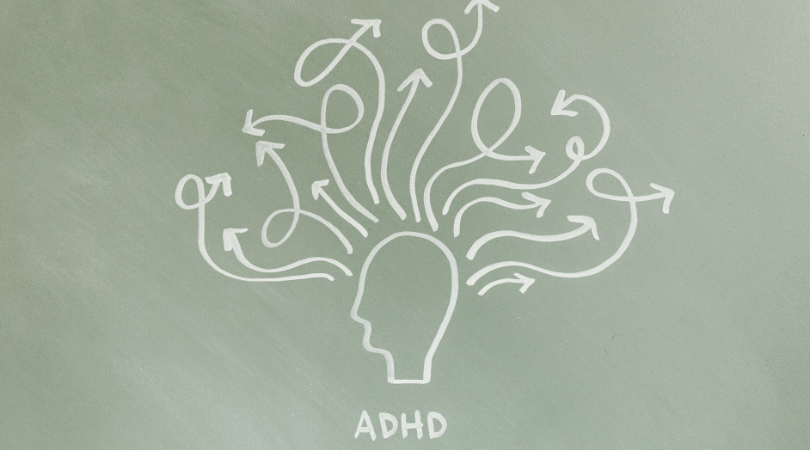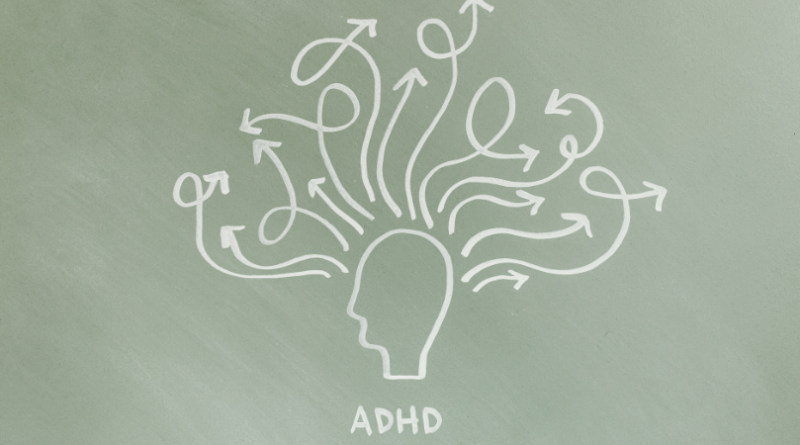Responses to Light Might help Diagnose ADHD and ASD

It’s often said that ‘the eyes tell it all, but no matter what their outward expression, the eyes can also be in a position to signal neurodevelopmental disorders for example ASD and ADHD according to new information from Flinders University and also the University of South Australia.
In the very first study available, researchers discovered that recordings from the retina could identify distinct signals for both Attention deficit disorder and Autism Spectrum Disorder providing a possible biomarker for every condition.
Using the ‘electroretinogram’ — a diagnostic test that measures the electrical activity of the retina in response to some light stimulus — researchers discovered that kids with ADHD showed higher overall ERG energy, whereas children with ASD showed less ERG energy.
Research optometrist at Flinders University, Dr. Paul Constable, says the preliminary findings indicate promising results for improved diagnoses and coverings in the future.
“ASD and ADHD would be the most common neurodevelopmental disorders diagnosed in childhood. But as they often share similar traits, making diagnoses for conditions could be lengthy and complicated,” Dr Constable says.
“Our research aims to enhance this. By exploring how signals within the retina respond to light stimuli, hopefully to develop more accurate and earlier diagnoses for various neurodevelopmental conditions.
“Retinal signals have specific nerves that generate them, so if we are able to identify these differences and localize them to specific pathways which use different chemical signals that are also utilized in the mind, then we can display distinct differences for children with ADHD and ASD and potentially other neurodevelopmental conditions.”
“This research delivers preliminary evidence for neurophysiological changes that does not only differentiate both ADHD and ASD from typically developing children, but additionally evidence that they can be distinguished from each other according to ERG characteristics.”
According to the World Health Organization, one out of 100 children has ASD, with 5-8 percent of children diagnosed with ADHD.
Attention Deficit Hyperactivity Disorder is a neurodevelopmental condition characterized by being overly active, can not give consideration, and difficulty controlling impulsive behaviours. Autism spectrum disorder is additionally a neurodevelopmental condition where children behave, communicate, interact, and learn in ways which are different from other people.
Co-researcher and expert in human and artificial cognition in the University of South Australia, Dr Fernando Marmolejo-Ramos, says the study has the potential to extend across other neurological conditions.
“Ultimately, we’re taking a look at how the eyes might help us comprehend the brain,” Dr Marmolejo-Ramos says.
“While further research is required to establish abnormalities in retinal signals which are specific to those along with other neurodevelopmental disorders, what we’ve observed to date shows that we are around the precipice of something amazing.
“It is a classic case of watching this space; as it happens, your eyes could reveal all.”
This research was conducted in partnership with McGill University, University College London, and also the Great Ormond Street Hospital for kids.
1. Paul A. Constable, Fernando Marmolejo-Ramos, Mercedes Gauthier, Irene O. Lee, David H. Skuse, Dorothy A. Thompson. Discrete Wavelet Transform Research into the Electroretinogram in Autism Spectrum Disorder and a focus Deficit Hyperactivity Disorder. Frontiers in Neuroscience, 2023; 16 DOI: 10.3389/fnins.2023.890461

